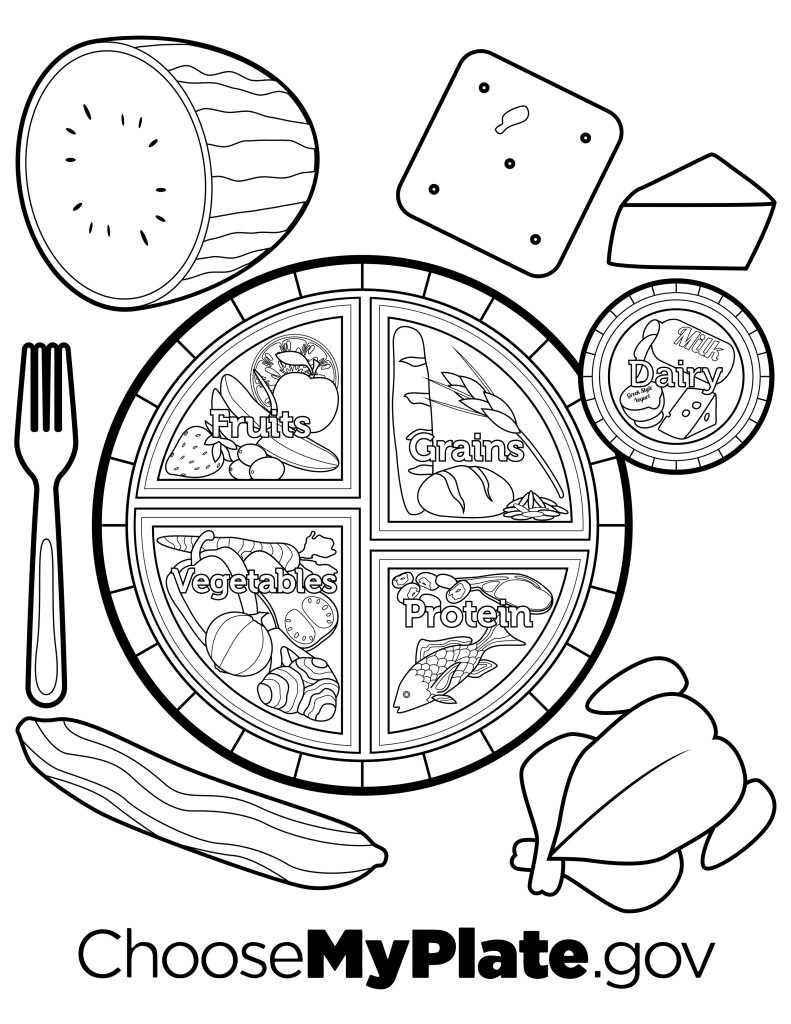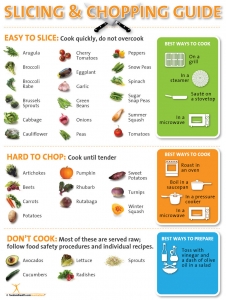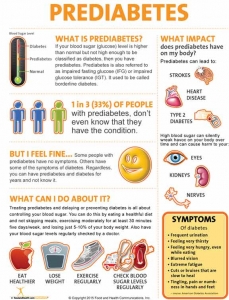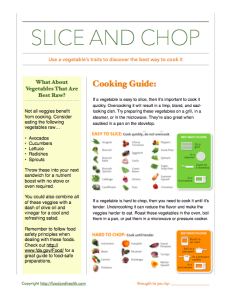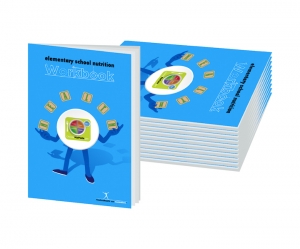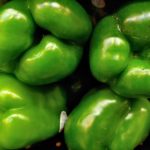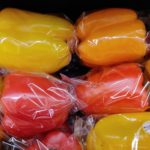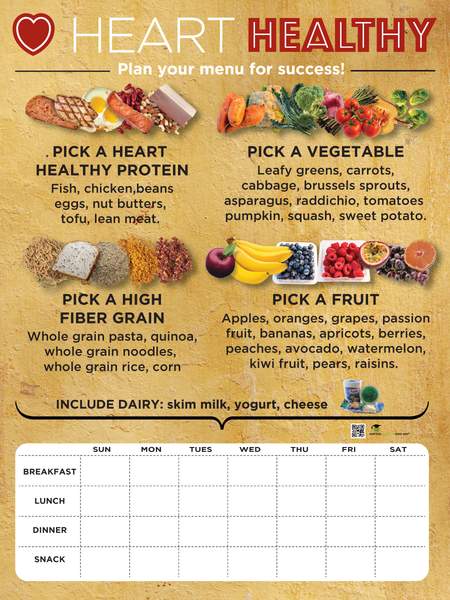I’m a strong believer in teaching with recipes. Not only do they instruct how to cook, but they can provide information on nutrition and food safety. When people are preparing meals can be that important teachable moment https://news.nutritioneducationstore.com/teachable-moments/
This approach to teaching is supported by a study published in the Journal of Food Protection .* The study’s author, Sandra Godwin, PhD, RD, from Tennessee State University observed that participants who received recipes with food safety instructions significantly improved their food safety behaviors when given specific food safety instructions in recipes. The study showed that only 20% of people used food thermometers when using recipes WITHOUT safety instructions and 86% used thermometers when given recipes WITH safety instructions.
Looking at making recipes a tool for teaching food safety, the Partnership for Food Safety Education (PFSE) has developed a way to help recipe writers and food editors (and I’m hoping educators, too) incorporate food safety instructions into their recipes. They’ve developed a Safe Recipe Style guide. Check it out at: https://www.saferecipeguide.org/
This website has several drop down menus that include much of what even a food safety novice would need when writing recipes.
The Safe Recipe Style Guide addresses the four major areas of food safety concerns in the home kitchen:
- internal cooking temperatures
- hand-washing
- cross contamination
- produce handling
A couple examples from the style guide: “All recipes should start with instructions to wash hands with soap and water because current studies show that a large majority of people do not wash their hands properly – or at all – when handling food.” Or “cover and simmer for 35 to 40 minutes or until cooked through and internal temperature reaches 165 F on food thermometer.”
It really couldn’t be easier now to incorporate some of these food safety ideas into your teaching—be it a newsletter, blog post, recipe demonstration handout, or newspaper column.
Cheryle Jones Syracuse, MS
Professor Emeritus, The Ohio State University
*J Food Prot. 2016 Aug;79(8):1436-9, Recipe Modification Improves Food Safety Practices during Cooking of Poultry. Maughan C, Godwin S, Chambers D, Chambers E IV.
Here is a fun example using our chicken stew recipe and the food safety style guide:
Provencal Fennel Chicken Stew
Serves 8 | Serving Size: 1/2 cup
Total Time: 45 min | Prep: 10 min | Cook: 35 min
This recipe is inspired from the Provence of France, located in the Mediterranean
Ingredients:
1 tsp olive oil
3 cloves minced garlic
1/2 cup onion, peeled and diced
1 cup celery, rinsed well and diced
1 tsp ground fennel seeds
3 plum tomatoes, rinsed, cored, seeded, diced
4 cups chicken broth, low or reduced sodium
2 chicken breasts, diced (do not rinse chicken before preparation*)
2 potatoes, rinsed, peeled, and diced
pinch garlic powder
black pepper to taste
Directions:
Food safety prep tips:
- Wash your hands with soap and water before starting to prepare your food.
- Using a clean cutting board and knife, prepare the vegetables. Follow the guides above for rinsing your veggies well under cool running water. Make sure you get all of the dirt off of the potatoes.
- Cut the chicken in chunks and then thoroughly wash and sanitize the knife, cutting board, and any surfaces that came into contact with the raw chicken, including your hands.
Directions:
- Saute the olive oil, garlic and onion over medium heat in a large nonstick stockpot or Dutch oven.
- Add the celery and fennel and saute briefly until they become translucent.
- Add the tomatoes and saute briefly, about one minute.
- Add the broth, chicken, potatoes, and seasonings. Cook over medium heat, at a simmer, until the chicken is done and the potatoes are tender, about 20-25 minutes. The chicken is done when it reaches an internal temperature of 165 and when it is white all the way through when cut.
- Serve the stew hot with chopped flat leaf parsley.
- Refrigerate leftovers promptly in a large shallow pan.
Chef’s Tips:
You can grind the fennel seeds in a coffee grinder or spice grinder.





